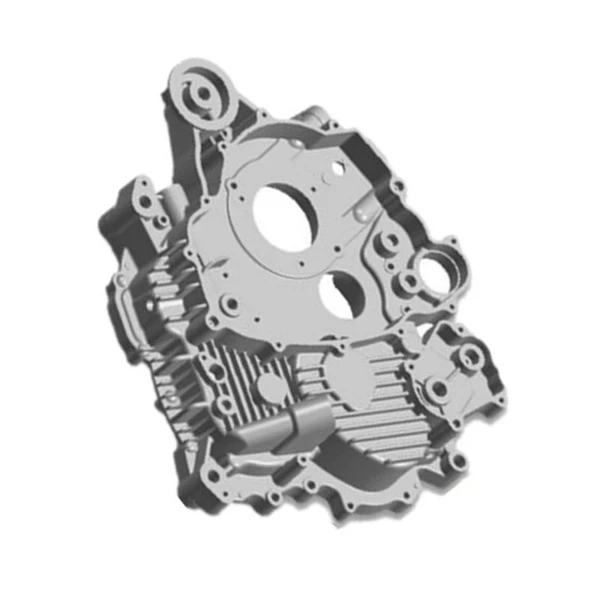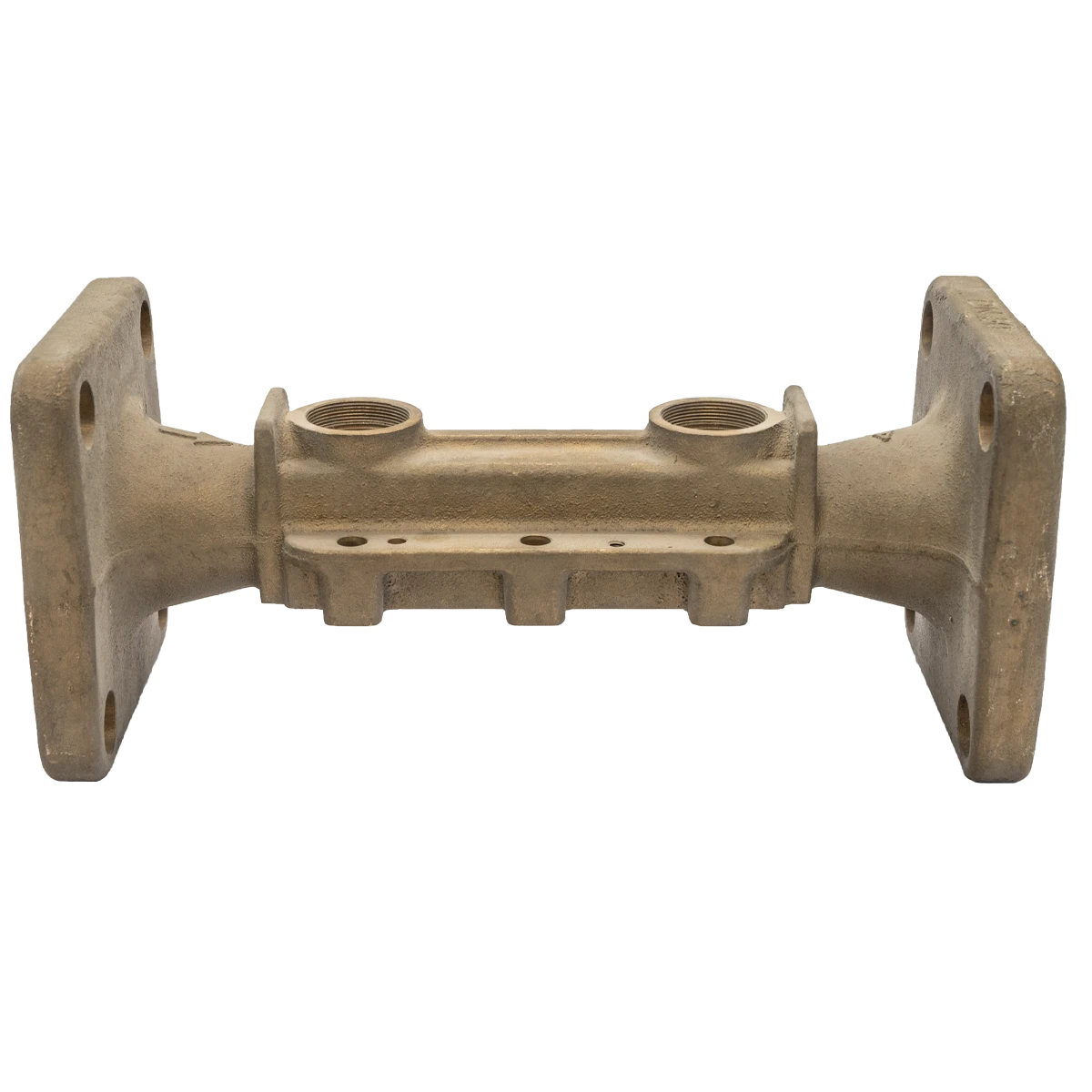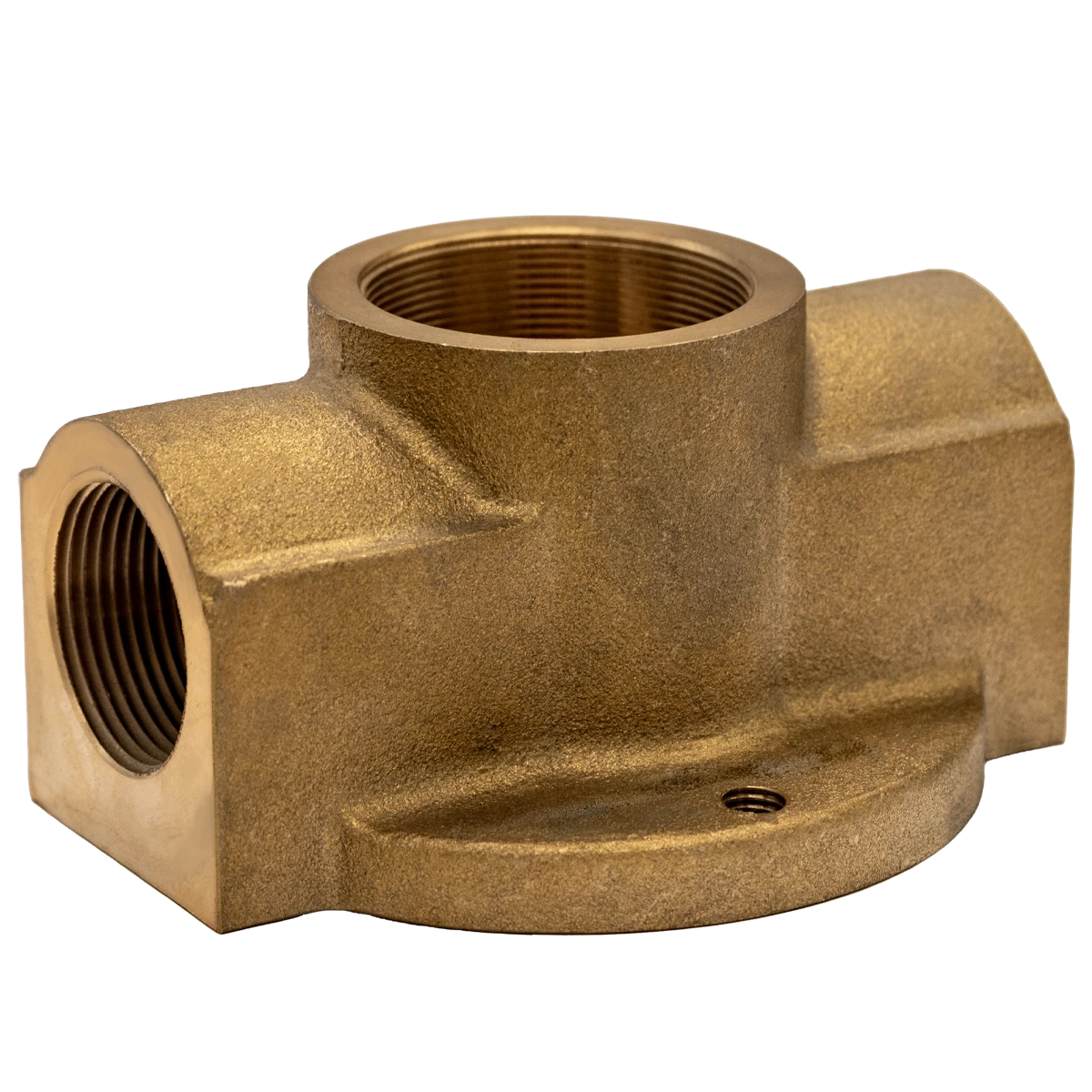Mobile:+86-311-808-126-83
Email:info@ydcastings.com
English
impeller pump types
Understanding Impeller Pump Types
Impeller pumps, widely utilized in various industrial and residential applications, are designed to move fluids by converting rotational energy from a motor to kinetic energy in the fluid. The fundamental design aspect of these pumps is the impeller—a rotating component that transfers energy to the fluid, providing the necessary pressure and flow. In this article, we will explore the different types of impeller pumps and their respective applications.
1. Centrifugal Pumps
Centrifugal pumps are perhaps the most common type of impeller pumps. They operate by utilizing a rotating impeller to create a centrifugal force, which pushes fluid outwards from the center of rotation. This type of pump is favored for its efficient flow of large volumes of liquid. Centrifugal pumps are further categorized into various subtypes, including
- Single-stage Pumps These pumps have one impeller and are used for applications requiring lower pressures and moderate flow rates. - Multi-stage Pumps Equipped with several impellers in series, multi-stage pumps can achieve higher pressures and are suitable for applications such as water supply and boiler feed.
2. Axial Flow Pumps
Axial flow pumps operate differently from centrifugal pumps. Instead of using centrifugal force, they move fluid along the axis of the pump shaft. The impeller's design allows the fluid to flow parallel to the shaft, making it ideal for high-flow, low-head applications. Axial flow pumps are often used in irrigation, power generation, and cooling water applications due to their capacity to handle large volumes of water efficiently.
3
. Mixed Flow PumpsMixed flow pumps combine features of both centrifugal and axial flow pumps. The impeller design allows the fluid to flow out at an angle, providing an intermediate solution for applications that require more flow than a centrifugal pump can offer but do not have the high flow characteristic of an axial flow pump. These pumps are commonly used in wastewater treatment and flood control.
impeller pump types

4. Submersible Pumps
Submersible pumps are designed to operate while submerged in the fluid they are pumping. These pumps typically use centrifugal impellers and are ideal for applications requiring the pumping of liquids from deep wells or underground sources. Because they are submerged, submersible pumps do not require suction lift, making them efficient for transferring fluids over long distances. They are commonly used in residential well systems, sewage handling, and dewatering projects.
5. Sewage Pumps
Sewage pumps, specifically designed to handle wastewater containing solids and debris, often incorporate an impeller designed to handle tougher materials. These pumps can be either centrifugal or submersible, ensuring that wastewater and sludge can be moved effectively without clogging. They are commonly used in municipal sewage systems, industrial waste management, and in homes where gravity drainage is not feasible.
6. Vertical Turbine Pumps
Vertical turbine pumps are used primarily for deep-water applications, such as in wells and open bodies of water. The pump consists of a vertical shaft with a series of impellers (or stages) mounted in a vertical configuration. This design allows for efficient pumping from significant depths, making them essential in agricultural irrigation and municipal water supply applications.
Conclusion
Impeller pumps play a crucial role in numerous applications across various industries. Understanding the different types—centrifugal, axial flow, mixed flow, submersible, sewage, and vertical turbine pumps—enables users to select the most appropriate pump for their specific needs. As technology advances, we can expect further innovations in pump design, enhancing efficiency and performance. Whether for industrial processes, agricultural activities, or household plumbing, the right impeller pump can significantly impact operational effectiveness.
-
Materials Used in Manufacturing Cap End Pipe FittingsNewsNov.24,2025
-
Material Properties of CF8M CastingNewsNov.24,2025
-
How to Inspect Pump Cap Ends for DamageNewsNov.21,2025
-
Backward Curved Impeller – Efficient Airflow Solutions for Industry | YD CastingsNewsNov.21,2025
-
Automobile Water Pump - Efficient, Quiet, Durable & ElectricNewsNov.21,2025
-
Impeller for Pumps – High-Efficiency, Durable, OEM-ReadyNewsNov.21,2025











